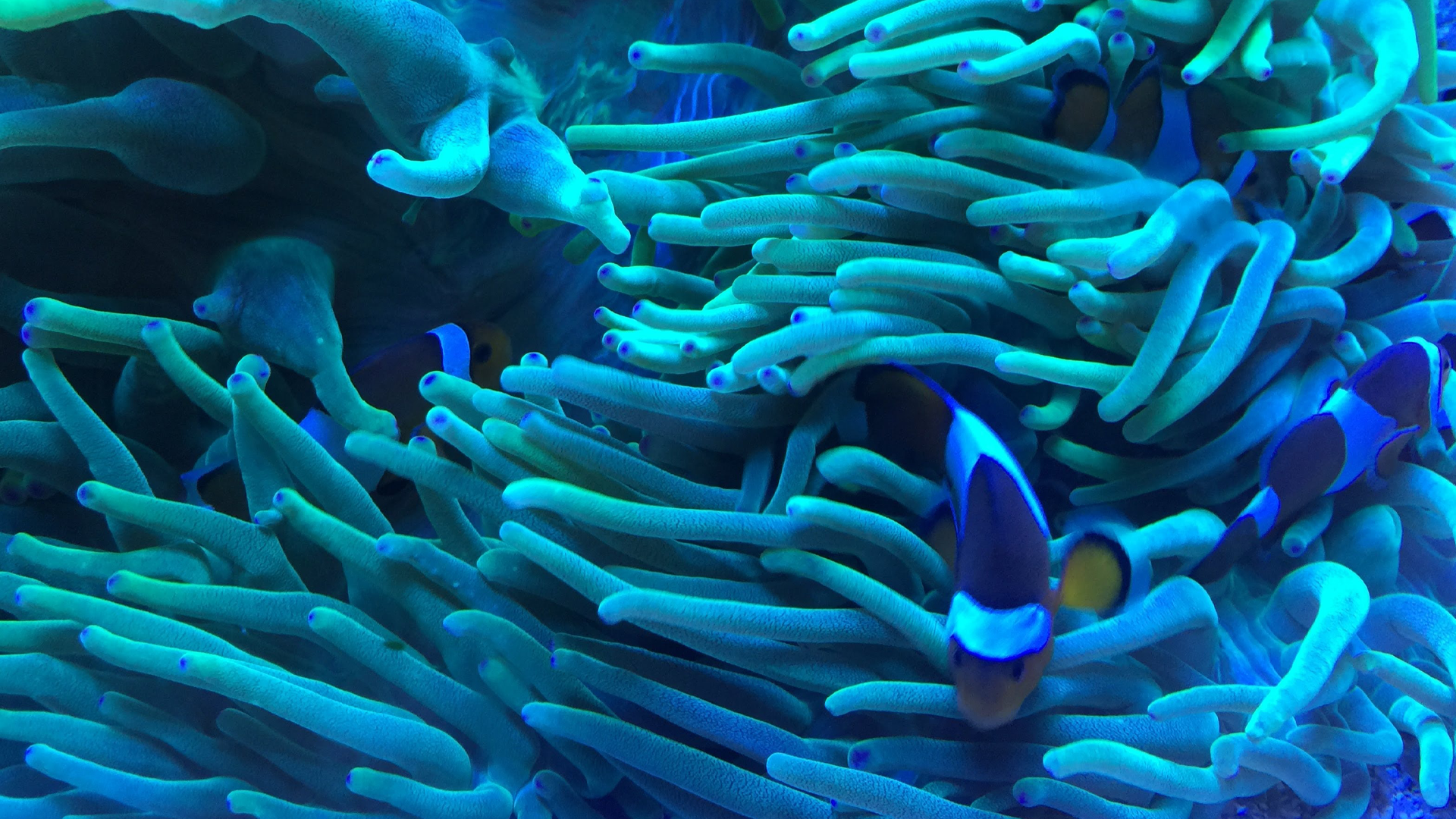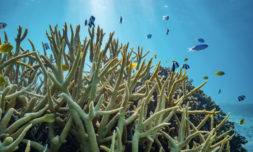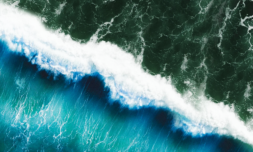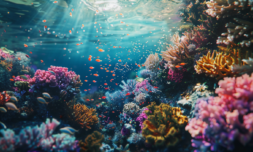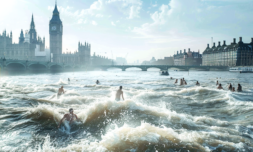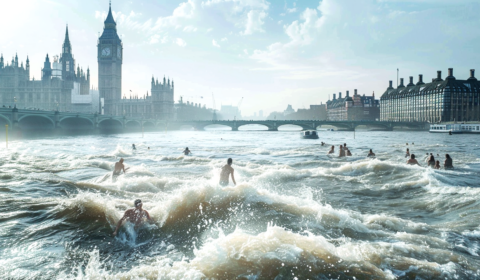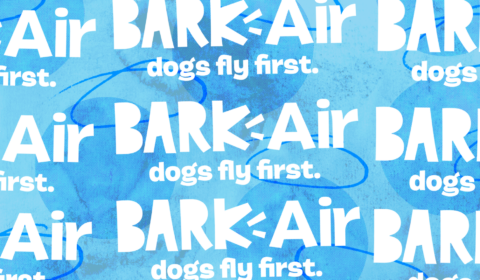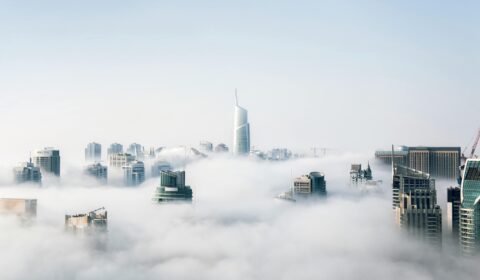Of course, all that is well and good theoretically, but may be harder to enforce safely in real terms.
Policing such a huge area of the planet’s oceans would be near on impossible, and it’s inevitable that some pollution, fishing, and other activities would continue to take place illegally.
It would also cause significant disruption for Indigenous people who rely on land and ocean resources to live and thrive. Labelling huge swathes of land and sea as protected areas could trigger mass evictions and create permanent rifts in longstanding communities.
In 2021, 49 philanthropic organisations signed an open letter to the 30×30 initiative leaders and the UN, warning that a poorly implemented plan could pave the way for human rights abuse and echo past colonial legacies of Indigenous dispossession.
Resources are being allocated to this cause, however, with some impressive financial backing coming from some extremely wealthy people – including Jeff Bezos himself.
In a statement one month after this open letter was published, Bezos was quick to stress that Indigenous people and local communities will be considered through a ‘new generation of programs’, that ‘focus on livelihoods [with] incentives that offer better paths to prosperity’.
Alongside the ex-Amazon CEO, eight other grant makers have promised $5 billion as part of the ‘Protecting Our Planet Challenge’. While it may sound like a dodgy YouTube challenge, this project is intended to kick start the 30×30 initiative and get the ball genuinely rolling on protecting the planet.
All other grant makers have promised similar co-operation with Indigenous communities, though this will not be an easy task to do on such a large scale. These backers include Arcadia, Bloomberg Philanthropies, Nia Tero, Re:wild, and the Rob and Melani Walton Foundation, among others.
Despite these challenges and obstacles, which are very real and immediate, the necessity for ocean conservation is undeniable and pressing.
More than 3 billion people currently rely on the ocean for their livelihoods, and 2.4 billion people live along marine coastlines. If things continue as they are, irreversibly damaged marine ecosystems will destroy economic security for a huge chunk of the global population.
It’s not just people, either. Emissions can be significantly reduced if we improve the health of our oceans.
Seagrass beds, salt marshes, mangroves, and associated food webs all sequester carbon dioxide from the atmosphere at up to five times that of tropical forests. Trees have been out here taking all the limelight – but the sea is also vital for emission reduction.
Scientists back the numbers and insist that we must have 30% of our oceans highly protected by 2030 via ‘Marine Protected Areas’. It’s the road to get there that remains bumpy, as local and international communities face sudden, disruptive change.









